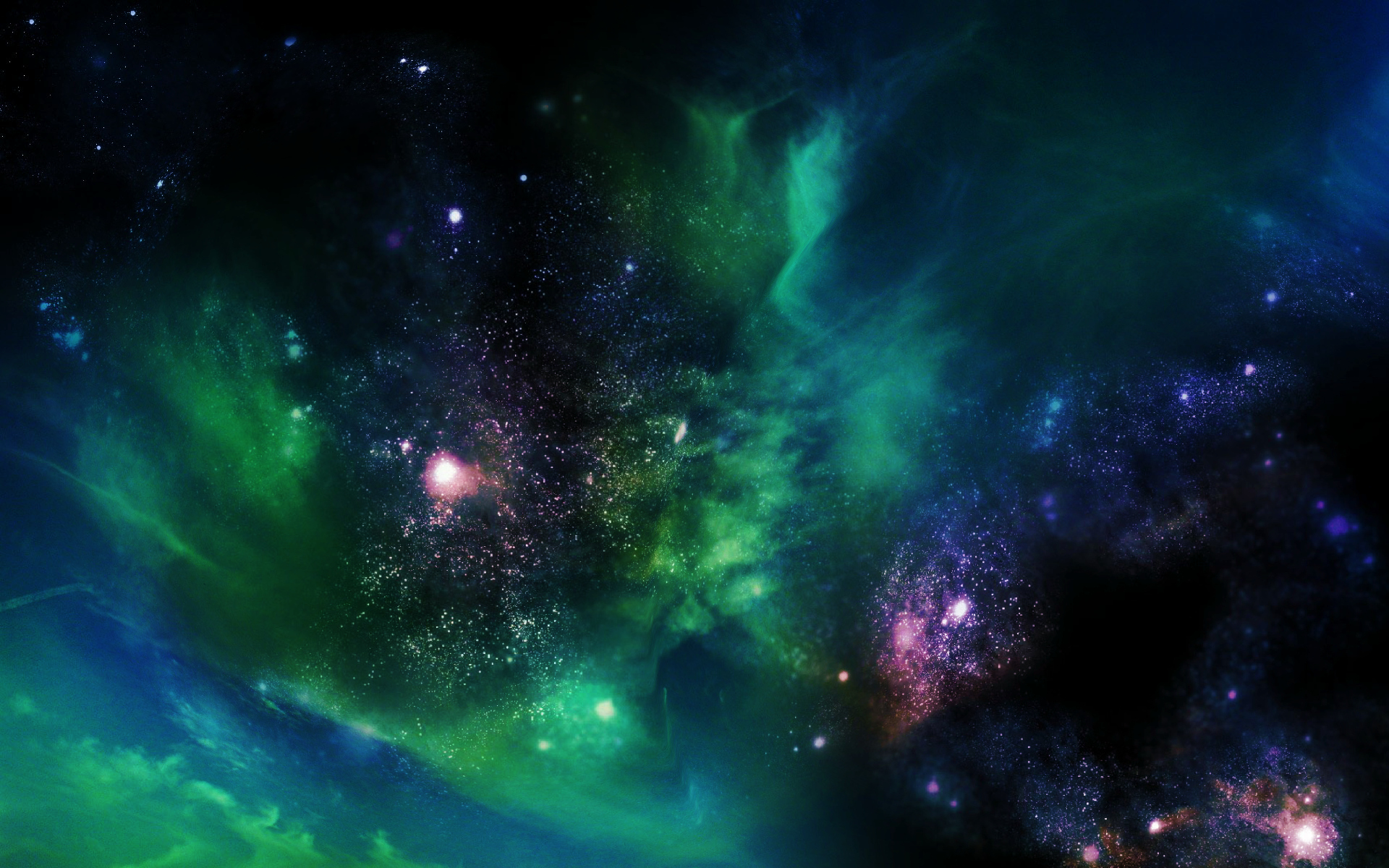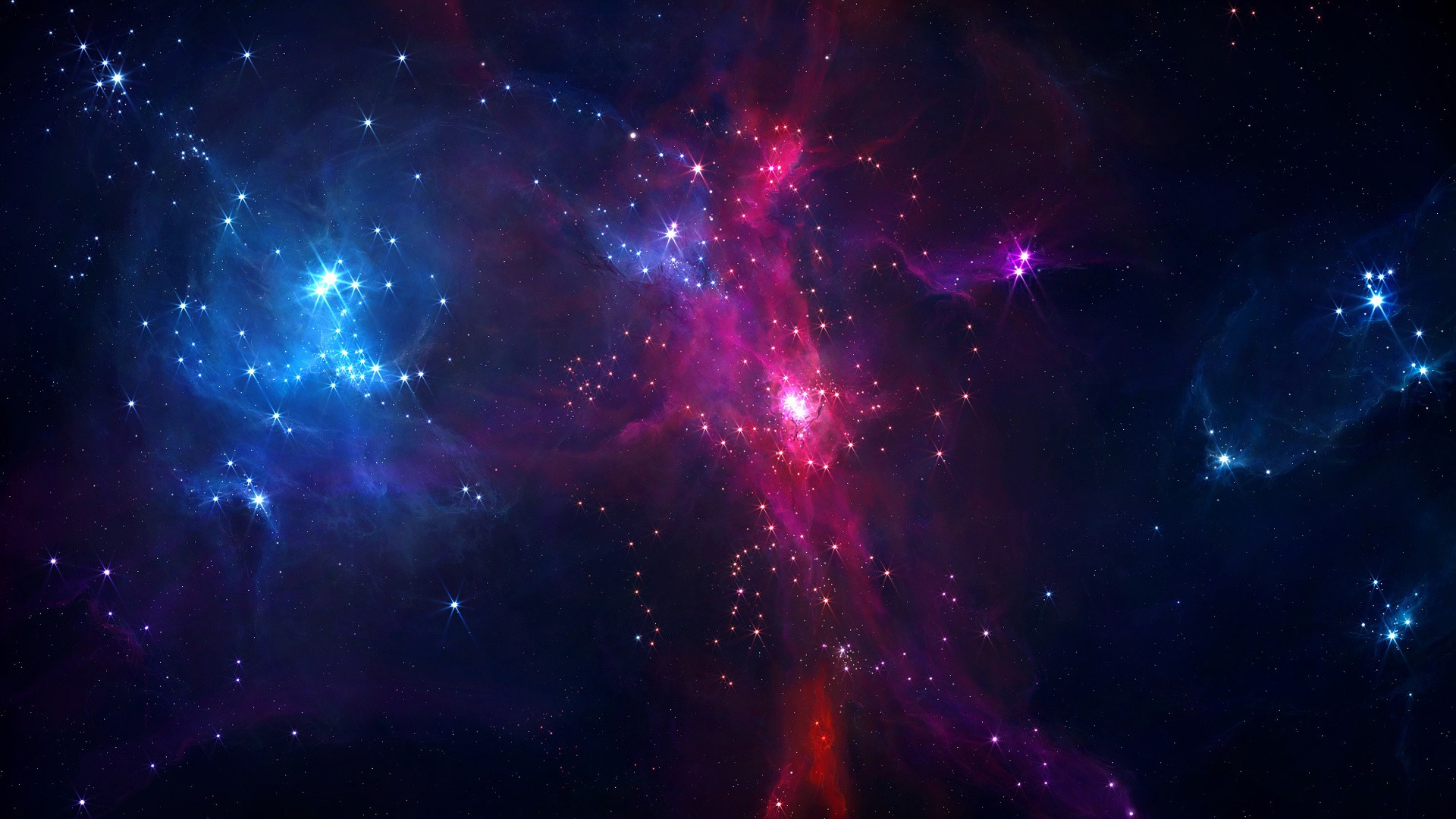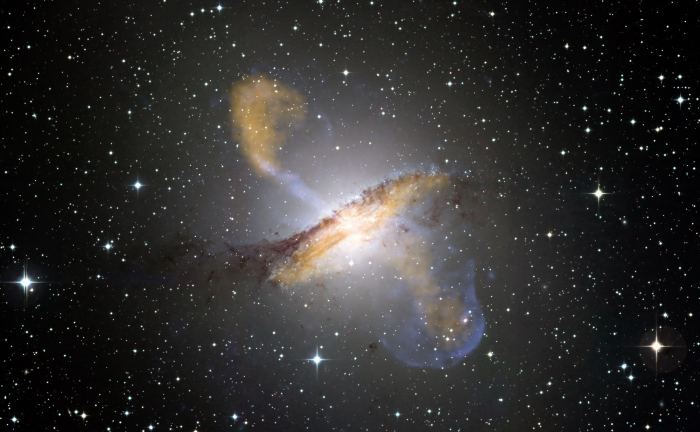
Scientists have found what looks like an exceedingly small galaxy in orbit around our Milky Way. Named Hydrus 1, it’s located about 90,000 light-years from Earth, between the Small and Large Magellanic Clouds.

A dense flock of 14 galaxies from 1.4 billion years after the Big Bang is destined to become one of the most massive structures in the modern universe.

Astronomers from Lancaster University have modeled conditions during the earliest moments of the cosmos.

An international team of researchers using the NASA/ESA Hubble Space Telescope and several other observatories have, for the first time, uncovered a galaxy that is missing dark matter.

A new research reveals a new high resolution map of the magnetic field lines in gas and dust swirling around the supermassive black hole at the center of our galaxy.

New research suggests that, contrary to previous estimates, Andromeda galaxy isn’t much bigger than the Milky Way, and is practically our twin.

The Hubble Space Telescope shows a “sparkling jewel box full of stars,” NASA says, in the central bulge of the Milky Way, with more plentiful bright blue stars in the foreground.

An international team of astronomers has discovered one of the most extreme instances of magnification by gravitational lensing.

Astrophysicists have discovered for the first time a population of planets beyond the Milky Way galaxy. Researchers were able to detect objects in extragalactic galaxies that range from the mass of the Moon to the mass of Jupiter.

New ALMA telescope observations have uncovered the surprisingly clear chemical "fingerprints" of the complex organic molecules methanol, dimethyl ether, and methyl formate.

Results from the first data release of the Dark Energy Survey include eleven new stellar streams in the Milky Way galaxy.

Galaxy cluster ACT-CLJ0102-4915, or “El Gordo” contains the mass of a staggering three million billion suns. It is the largest, hottest, and brightest X-ray galaxy cluster ever discovered in the distant Universe.

A new study by a team of international astronomers has provided the first direct evidence that supermassive black holes affect star formation in their galaxies.
The Hubble Space Telescope was used to capture imagery of NGC 5256 (also known as Markarian 266). The interacting galaxies are 350 million light-years from Earth, in the constellation of Ursa Major.

ALMA has revealed signs of eleven low-mass stars forming perilously close — within three light-years — to the Milky Way’s supermassive black hole, known to astronomers as Sagittarius A*.